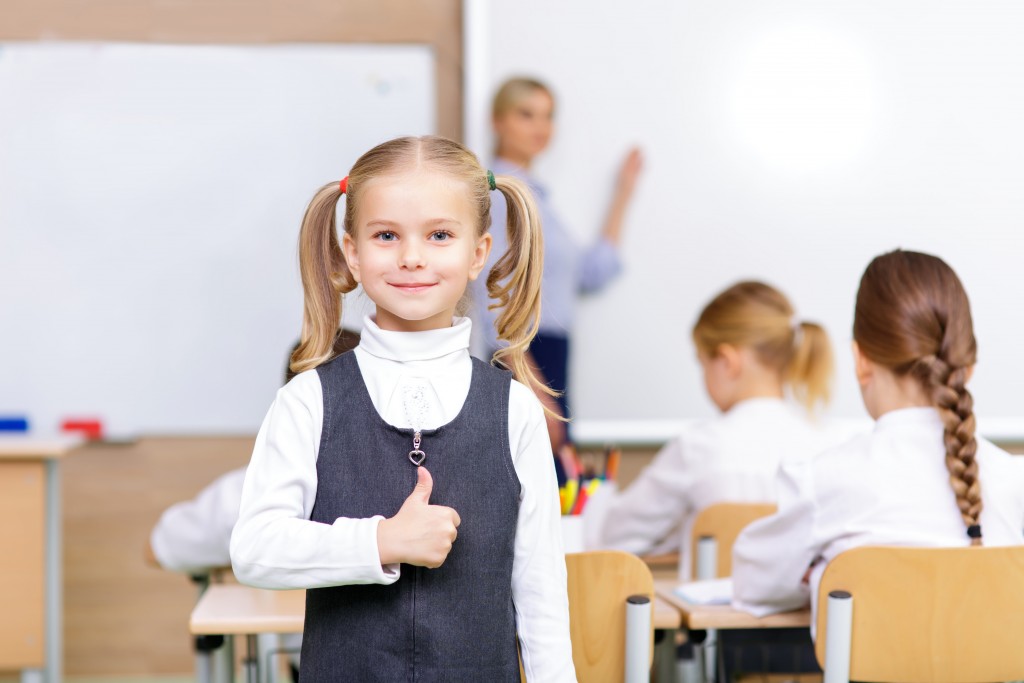As some countries ease COVID-19 lockdown and quarantine restrictions, many schools are considering whether it’s the right time to let students go back to school. Since March, more than 1.6 billion children worldwide (91 percent of students) have stayed at home due to school closures. Some schools have started using online classrooms, while some parents have explored homeschooling as a possible option.
In countries like Singapore, many educational institutions, including international schools, primary and secondary schools, and universities, are easing lockdown measures, allowing face-to-face live lessons starting May 19. But the country’s Ministry of Education (MOE) explained that priority would be given to the graduating cohort or those taking national exams.
But many countries are aware of the need to install measures to prevent the spread of the virus. Many learning institutions are focused on maintaining social distancing measures and the wearing of masks and face shields, but several still plan to limit the attendance of their students.
Attendance in Stages
Administrators in Singapore explained that since many schools are opening, students of certain levels are the first to attend before the others. Specific practices are implemented for the individuals involved to ensure safety. Some schools still offer home-based learning, but many parents say that these lessons cannot provide what face-to-face coaching and live lessons can provide.
Classes Are Staggered and Scheduled

Though students can go back to school in case they need equipment or facilities, they will need to follow a strict schedule for their classes. These schedules will be on different days and times and will be conducted in smaller groups with exam-style seating.
In France, students sat a meter apart when they returned to school. Classes were reduced in number, and teachers wore face masks during the whole period.
Temperature Checks and Plastic Shields
In countries like Cyprus, the Netherlands, and China, students and staff need to get a thermal check before they enter the school. Some schools have also built plastic shields in between student’s chairs aside from installing hand sanitizers in every room.
Some Parents Are Unconvinced
But not everyone is eager to go back to school. Though many children are missing classes and spending time with friends, their parents are still unconvinced about reopening schools. In Denmark, many parents are concerned about a possible second wave of infection. Even the United States’ most vocal public health official Anthony Fauci was wary of opening schools in California for the same reasons. The United States has one of the highest numbers of COVID-related deaths in the world.
It seems that the most important thing for students and staff to remember as schools reopen is to follow the schedules set by the school administration. They should also know that self-protection is the best prevention. Wearing face masks and shields, using hand sanitizers, and following social distancing measures are the only way to ensure that there would be no second wave of COVID cases anywhere. Many countries now realize that COVID-19 will not go away soon, so educational institutions are bracing for what could be the “new normal.”
